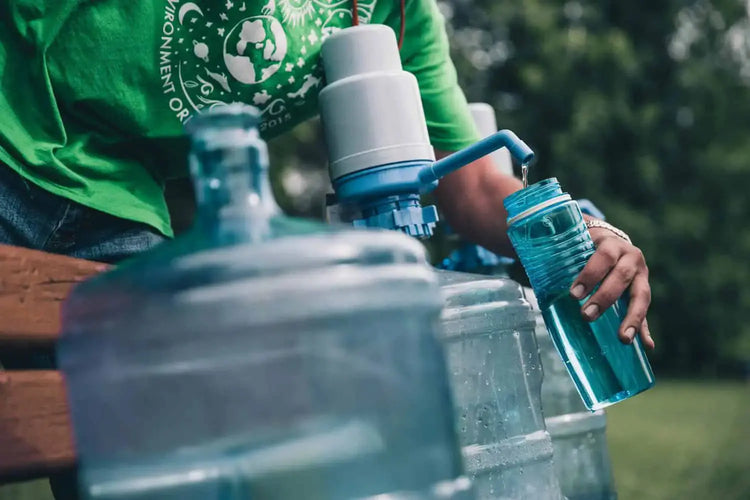When hiking, water is the most crucial item to bring along. However, it can be challenging to determine the appropriate amount of water to carry. While you want to ensure you have enough water to stay hydrated during your trip, carrying too much water can add unnecessary weight. Here's how to calculate the exact amount of water you'll require for your hike.
The Basic Idea:
For adults, 2 cups of water per hour of hiking is usually enough. Whereas for children, 1-2 cups of water per hour of hiking should suffice. However, this may vary depending on factors like availability of water sources, weather conditions, and personal thirstiness. It's always better to carry more water than you think you'll require.
Step 1: Determine the Duration of the Hike
If you're new to hiking, determining the duration can be difficult. Typically, it takes 30 to 60 minutes to walk a mile based on the trail's difficulty. If you're hiking with kids, it might take longer. Trail guides will often list distance and estimated completion time; be realistic when assessing your abilities and add extra time if necessary.
Step 2: Calculate Cups per Hour
The standard rule for water consumption is:
Adults: 2 cups (about 1/2 liter) of water for every 1 hour of hiking
Children: 1-2 cups of water for every hour of hiking
For example, if your hike will last for 5 hours, plan to bring at least 10 cups (2.3 liters) of water per person. However, keep in mind that these are just general guidelines, some people may require more water.
*The "cups per hour" approach is more accurate than "cups per mile" due to varying terrain and incline.
Step 3: Factor in Weather Conditions
Weather plays an important role in determining water needs. On hot or humid days, you'll need more water. Plan for about 4 cups (1 liter) per hour in such conditions.
Step 4: Check Water Availability on the Trail
I always prefer to plan hikes around water sources and carry a water filter to minimize the amount of water I need to carry. But, be sure that the water source is reliable and accessible. Sometimes, streams that appear on maps may turn out to be dry.
In backcountry areas, you need to treat water for bacteria and protozoa, even if it appears clean. In some places, viruses can also be a concern, and you'll require a water purifier to remove them. Agricultural runoff chemicals are harder to eliminate from water, and a filter with an activated charcoal element, such as the travel water filter, can help.




